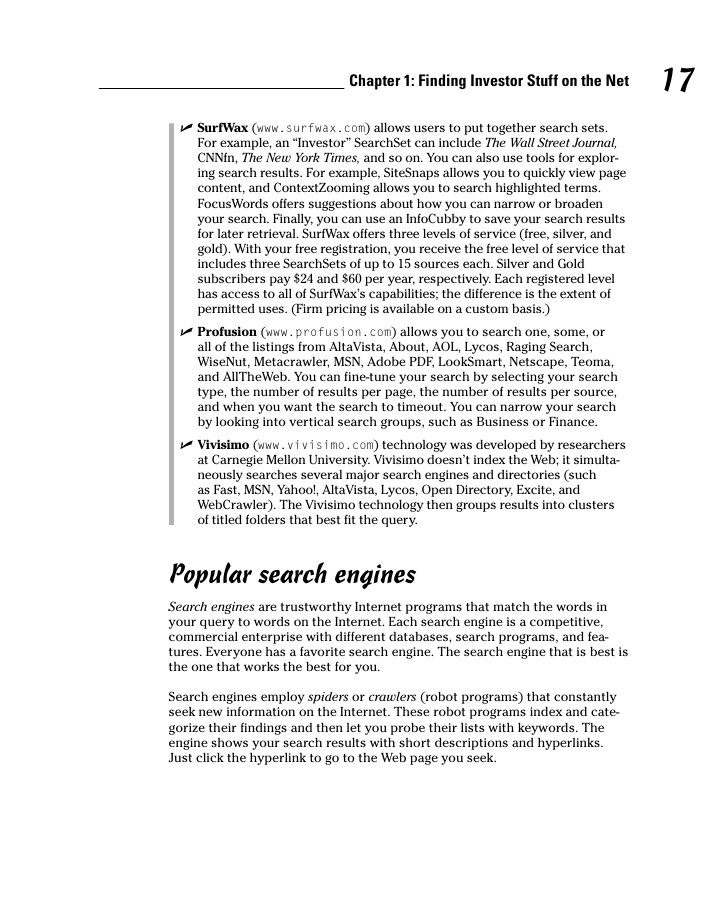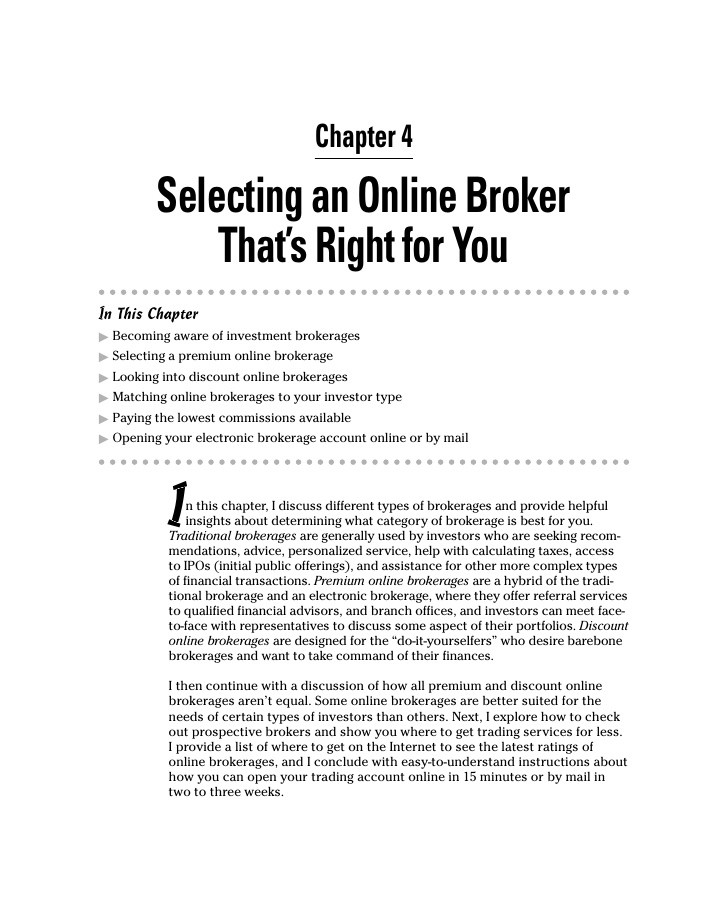Can Investors Trust The PE Ratio_2
Post on: 22 Апрель, 2015 No Comment

T he straight P/E ratio is a poor forecasting tool when applied to the stock market.
Even the ten-year cyclically-adjusted P/E ratio isnt much cop, although its probably the best of a poor bunch of crystal balls should we be silly enough to try to outwit the market. (Reminder: Such guesswork is decidedly optional, especially for passive investors !)
There is an exception to the bit-of-a-crap-shoot principle, though.
Developed markets on very low P/E ratios have nearly always been amazing buying opportunities. If the P/E of the stock market ever again falls below 8, Id buy all you can. Then sell your grandmother and buy some more.
The reason for the juicy returns are pretty obvious – on a P/E ratio of less than 8, the market is pricing in cataclysm. So far the worst hasnt happened to Western markets, so anyone who was brave enough to buy when shares were at such bargain basement levels has been well rewarded.
Remember some markets dont make it. The Russian and Chinese stock markets in the early 20th Century went to zero! If they passed through a P/E of 10, 8, or 2 on the way down it didnt make any difference – you still lost all your money. There is always a risk of something similarly awful happening in the future, and that risk is essentially what buys your returns.
Absent a communist revolution though, a very low P/E ratio buys you a huge margin of safety, and a lot of future earnings on the cheap.
The stock market valuation bulls eye
More interesting – and maybe more surprising – is what happens with returns when you buy above the a P/E of what? Is that a misprint?! range. These higher P/E ratios are a matter of practical importance, because youll far more often see a market on a P/E in double-digits than on a P/E of <8.
In fact, if you only invest in the market when P/E ratios are at the bottom of the barrel, you could be waiting for decades to strike – and depending on your selling rules you could be out again within a year.
Most of the time youll need to pay higher P/E multiples for your ongoing equity fix and the superior returns that shares can deliver. But how much is too much?
The following graphic from City Research sheds some light with respect to the S&P 500 index of leading US shares:
The higher the average returns, the closer the P/E band to the bulls eye!
Source: Business Insider
This graphic ranks P/E bands based on the average subsequent 12-month returns since 1940. Citi Researchs Tobias Levkovich crunched 73 years worth of S&P 500 returns data to produce it, dividing returns into bands by P/E rating 1. and putting the higher performing bands closer to the bulls eye.
Remember: The Vanguard research I linked to at the top of this post showed P/Es have a poor record of forecasting market returns. I highlight this data to show that very cheap is good, and very expensive (a P/E above 20x) has been poisonous. Its also useful to see that, as I speculate below, low to mid-teen P/E ratios have not historically been a reason to bail out of stocks. But dont mistake this for a solid prediction machine. (There isnt one).
Looking at the dartboard, as youd expect from my comments, very low P/E ratios are associated with the highest average returns the following year.
With a P/E below 8, youre paying less than $8 for every $1 of earnings (for an earnings yield of 12.5%). When you buy the market at such fire sale prices. theres a strong chance that good things will happen!

Its a bit different with individual companies. A company on a low P/E ratio might well be correctly priced because its business is in difficulties, or because its profits will never grow much. Sometimes thats not the case – thats why the value premium exists – but pretty often it is, which is why were not all millionaires from simply buying low P/E shares.
A P/E of 8x or less for the whole market is another kind of animal. Here youre buying a slice of all the earnings of all the companies. Your investment will be driven by the largest companies, sure, but youre still getting a lot of diversification, and lots of companies that will recover, as well as the deadbeats.
For that reason, Id argue a low P/E market is a very different bet to a single company on a lowly P/E rating, and a much surer indication of value.
Stock market returns by P/E ratio
Whats also interesting about the dartboard is that outside of the bulls eye, the next band in the dartboard is not the 8-10x band, but rather the 14-16x band.
Of course this could just be a reflection of what the Vanguard study found – that you cant learn much from P/E ratios.
But I cant help wondering if it reveals a little bit more?
By implication, markets sporting P/Es in the 8-10x range proved, with hindsight, on average more expensive buys, whereas the 14-16x band was on a short-term basis a solid buy.
In fact, the 12-month returns for the 14-16x band were better than the entire range from P/E 8-14, as you can see in the data below:














